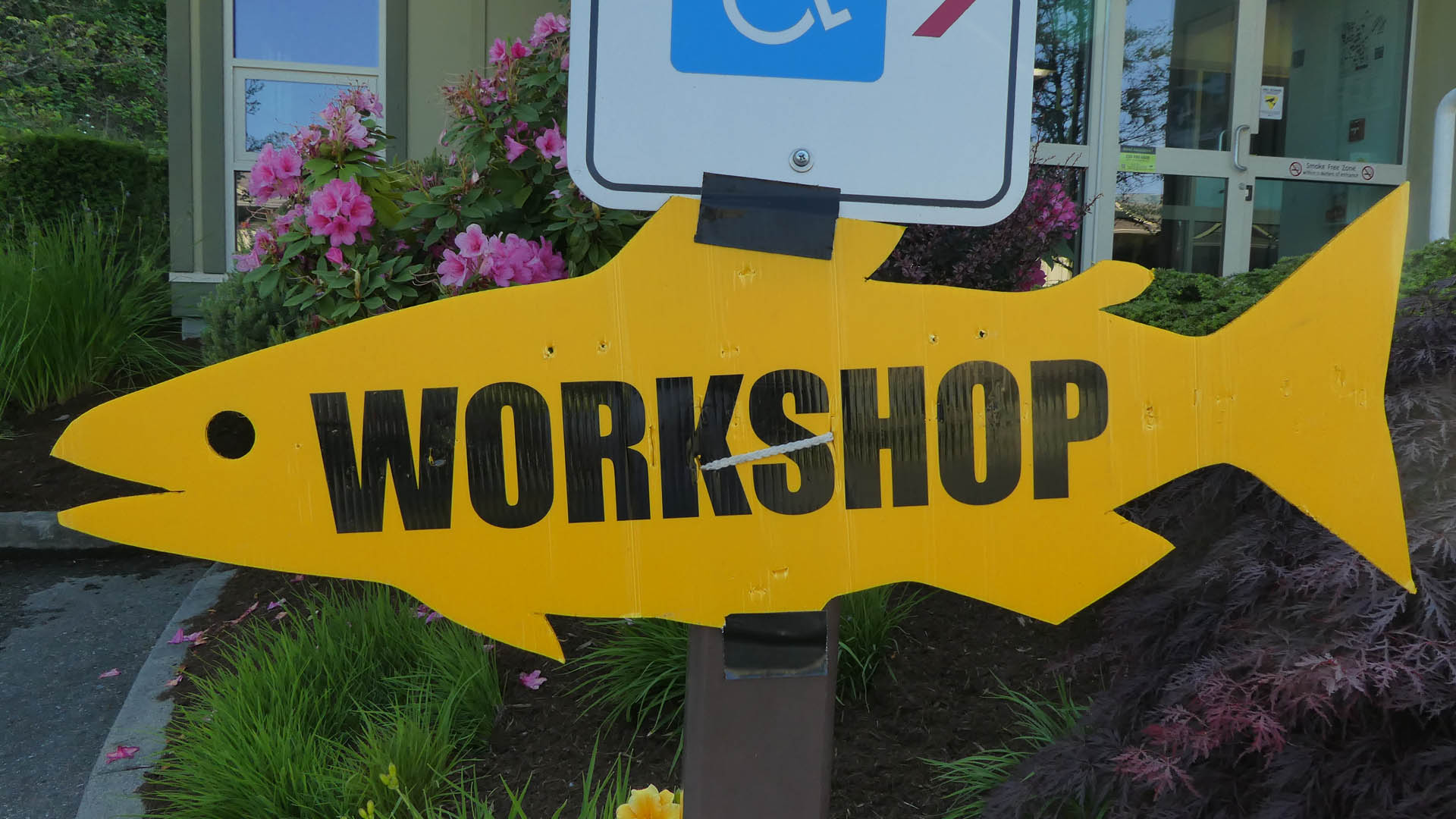Starting 9:00am May 29 to Sunday, May 30, 2021
Planning Team: Maple Creek Streamkeepers, Kanaka Education and Environmental Partnership Society (KEEPS), Fisheries and Oceans Canada, Pacific Streamkeepers Federation
Questions and Answers
